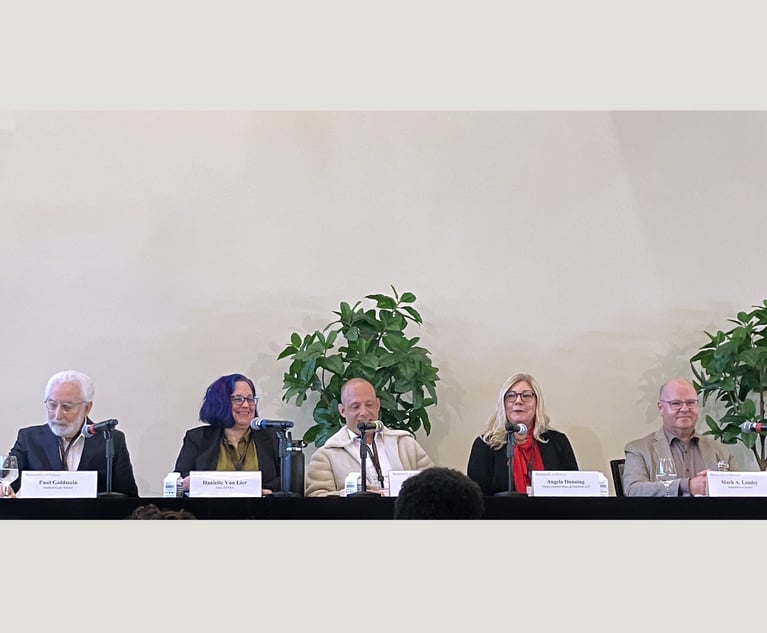In the wake of this unprecedented global crisis, numerous companies have formed intellectual-property-sharing initiatives to further the COVID-19 relief effort—most notably the COVID-19 Therapeutics Accelerator backed by the Bill & Melinda Gates Foundation and the contact-tracing initiative by mobile technology rivals. Other joint initiatives have formed to produce masks and other protective equipment. These efforts rely on rapid, fluid joint sharing and creation of intellectual property to meet urgent needs created by the COVID-19 crisis. These joint efforts to help the world are laudable. But they also create risks of intellectual property disputes after the crisis ends. To illustrate:
Imagine that multiple companies operating in similar markets with similar or complimentary products enter a joint initiative to share intellectual property for a specific purpose. Simultaneously, one of those companies (“Company A”) develops its own product for launch in its typical market (which is the same or similar to the other participants’ markets). After the joint initiative concludes, Company A launches its product (which was not part of the joint initiative). The other joint initiative participants see Company A’s product as similar to theirs and see in it aspects of the proprietary information they shared during the joint initiative. They then sue Company A for intellectual property claims (e.g., trade secret misappropriation or patent infringement). If Company A did not use any of the other joint initiative participants’ proprietary information to create the new product, it must prove this—which could present challenges. Even if Company A did use the other participants’ proprietary information, those participants must prove Company A did so in a way that exceeded what it was allowed to do. Thus, from all parties’ perspectives, there are issues that require proof best created by careful documentation from the joint initiative’s inception and throughout its duration.


 Credit: Montri Nipitvittaya/Shutterstock.com
Credit: Montri Nipitvittaya/Shutterstock.com







